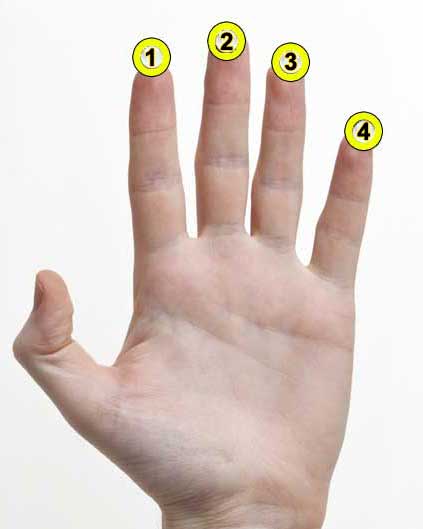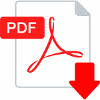Eb Minor Major Seventh Guitar Chord (Ebm(maj7)) | Easy Ways to Play It

Welcome to our tutorial on the Eb m(maj7) chord, a member of the Minor Chords family. This chord is a beautiful combination of the notes Eb, Gb, Bb, and D, creating a unique and rich sound. The intervals that construct this chord are 1, b3, 5, and 7, which in musical terms translate to Root, Minor Third, Perfect Fifth, and Major Seventh.
The Eb m(maj7) chord is a more advanced chord, often found in genres like jazz, making it a great addition to your repertoire. If you're new to the world of intermediate guitar chords, don't worry. We'll guide you through the process of learning this chord with clear chord diagrams and fretboard patterns.
Understanding the intervals that make up this chord is crucial. If you're not familiar with terms like Root, Minor Third, or Major Seventh, you might want to check out our tutorial on fretboard intervals. This tutorial will give you a solid foundation in music theory, helping you understand how chords like the Eb m(maj7) are built.
Once you've mastered the Eb m(maj7) chord, you can start incorporating it into various chord progressions. If you're interested in jazz, our tutorial on jazz chord progressions can be a great starting point. This tutorial often uses maj7, m7, and 7 chord types, just like the Eb m(maj7) chord.
Remember, learning new chords is all about practice and patience. Don't get discouraged if you don't get it right away. With time and practice, the Eb m(maj7) chord will become a natural part of your guitar playing. Happy strumming!
Eb m(maj7) chord Notes:
How to create the Minor Major Seventh chord:
Guitar Patterns for the Ebm(maj7) chord
No guitar diagrams created yet for this chord. Request one here
 Download
the Free Guitar Chords Chart Pdf
Download
the Free Guitar Chords Chart Pdf